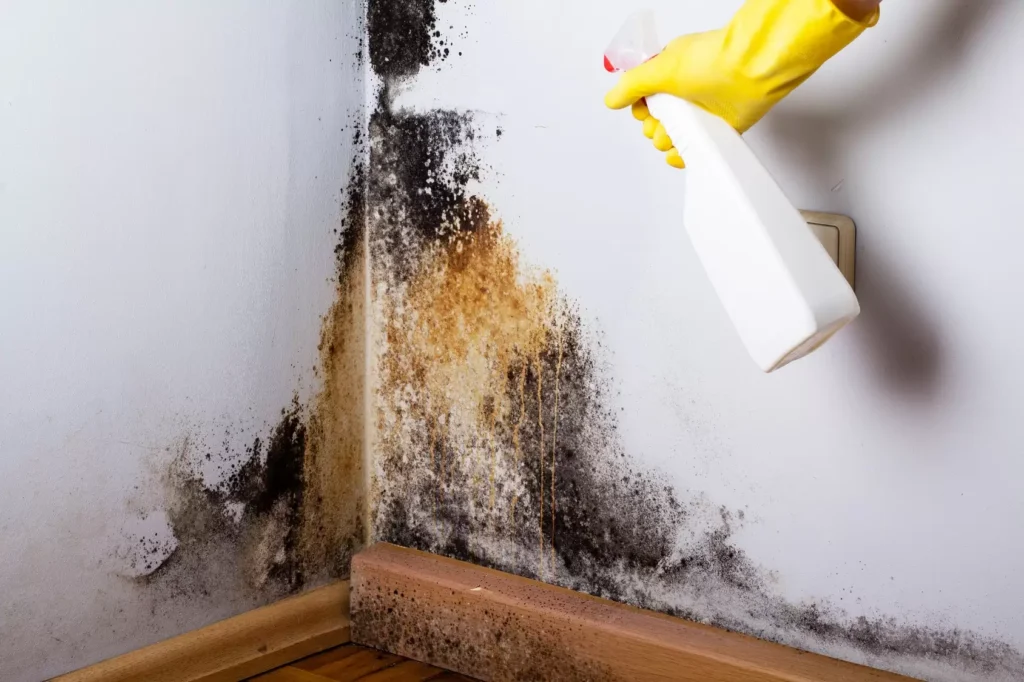Winter can be a magical time of year, as it is when the festive season rolls around and a time when frost and snow can make any environment look magical. Sadly, it is also a time of year when molds can expand and grow, which can cause huge issues in your home and for those who live in your household.
There are various things that can lead to mold in your property, and it is important to familiarize yourself with the possible causes so that you can take steps to minimize on the risk of mold. In this article, we will look at some of the key possible causes of mold in the home during the winter months.
Some of the Main Culprits
There are various problems that can lead to mold growth in your home and familiarizing yourself with some of the key ones will enable you to be better prepared. Some of the main culprits include:
Crawlspace Issues
The crawlspace under your home can be a major culprit when it comes to mold, and this often down to increased level of humidity and moisture. It is vital that you ensure your crawlspace is properly protected and that any repairs and maintenance work is carried out before the winter season sets in. You can get professionals in to deal with crawl space repair and maintenance, but it is best to act quickly to help prevent issues from arising.
Flooding
During the fall and winter, flooding can be a big issue in many homes, and this can then lead to mold due to your home being wet for an extended period. It can take your property a long time to dry out following flooding and mold can start to grow within just 24 hours. So, you need to take measures to ensure your property is dried out as quickly as possible following any sort of flood.
Lack of Ventilation
When you fail to ventilate your home properly, it can lead to moisture in the air, which provides the perfect environment for mold. It is important for humidity to be circulated outdoors rather than festering indoors, which is why proper ventilation in rooms such as bathrooms and kitchens is so important. These are rooms where a lot of steam is generates and needs to have some means of escape to the outside.

Condensation
During the winter, surfaces in your home may be much colder than normal, and this can lead to condensation. You may find that condensation collects on various surfaces from metal piping to concrete flooring, and from windows to walls. Again, property ventilation can help you to tackle issues with condensation in your home, which can then help to reduce the risk of molds forming.
Leaking Pipes and Roofs
The winter is also a time when many homes experience a higher risk of leaks, such as leaking pipes and roofs. It is important that you keep a close eye on pipes and roofing to identify any possible issues that may arise. If you do experience leaking, you need to get it addressed as quickly as possible. Sometimes, you may not even realize there has been a leak until mold has already developed, so be proactive in keeping an eye out.
Benefit from a Safer Environment
By taking steps to reduce the risk of mold developing in your home, you can look forward to a safer and more comfortable environment for you and your loved ones this winter. Finding ways of preventing mold is far easier and cheaper than dealing with it once it has taken hold, which is why you need to stay one step ahead of the game.


